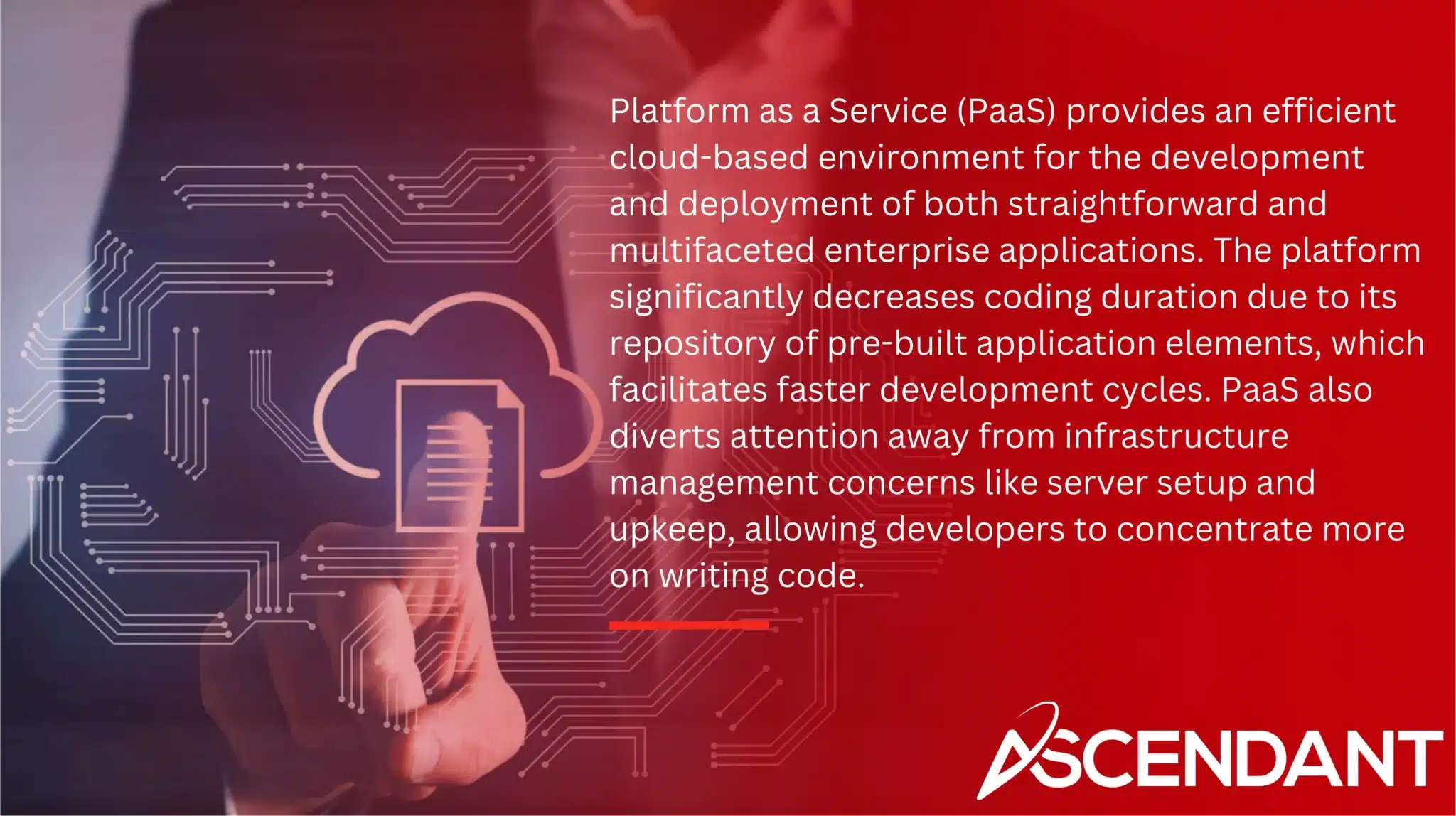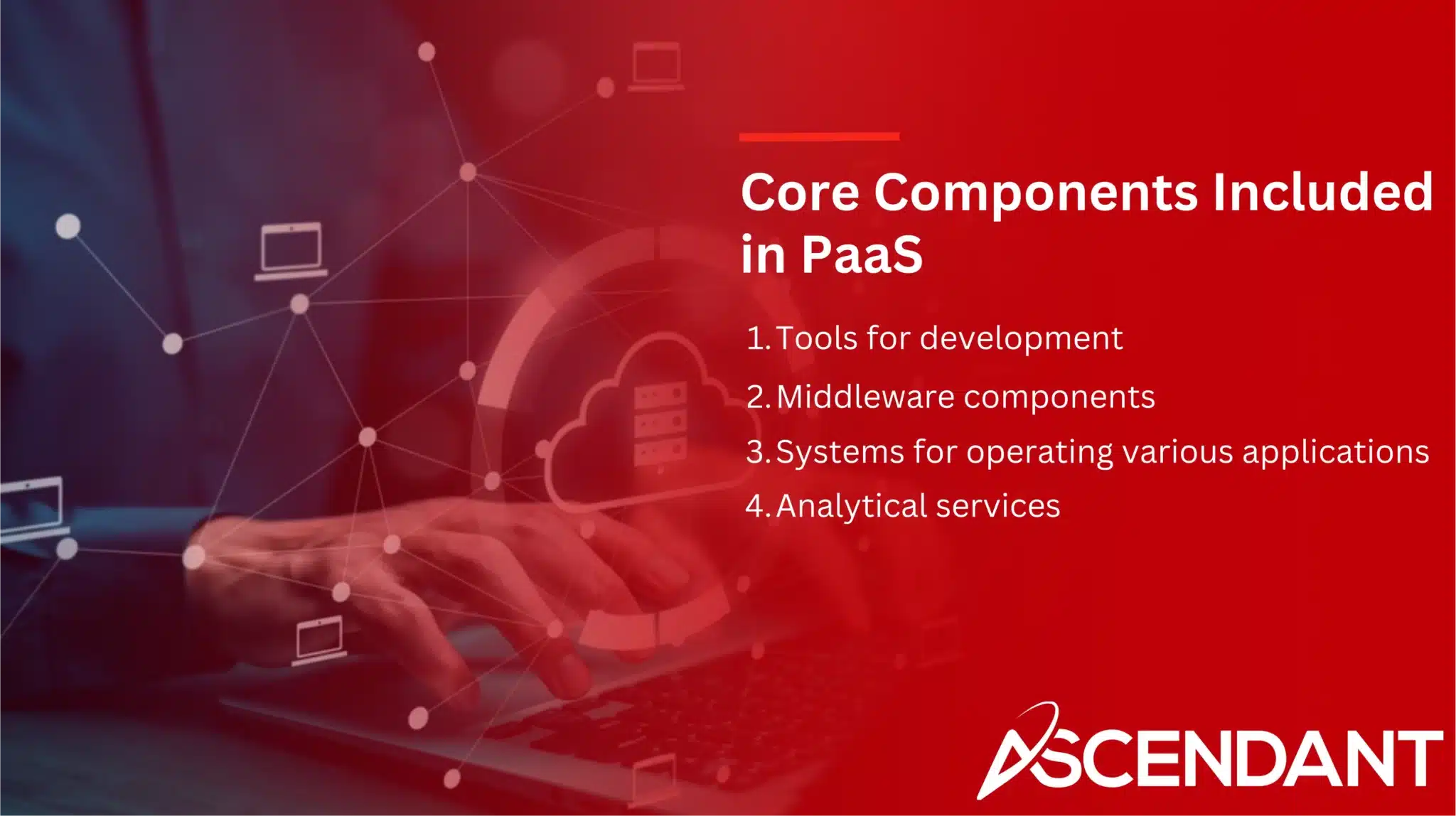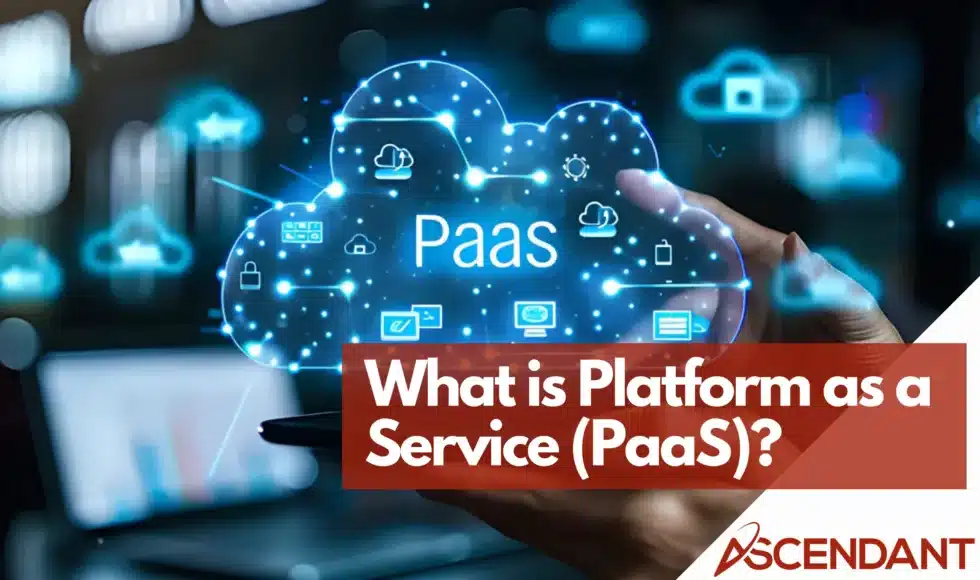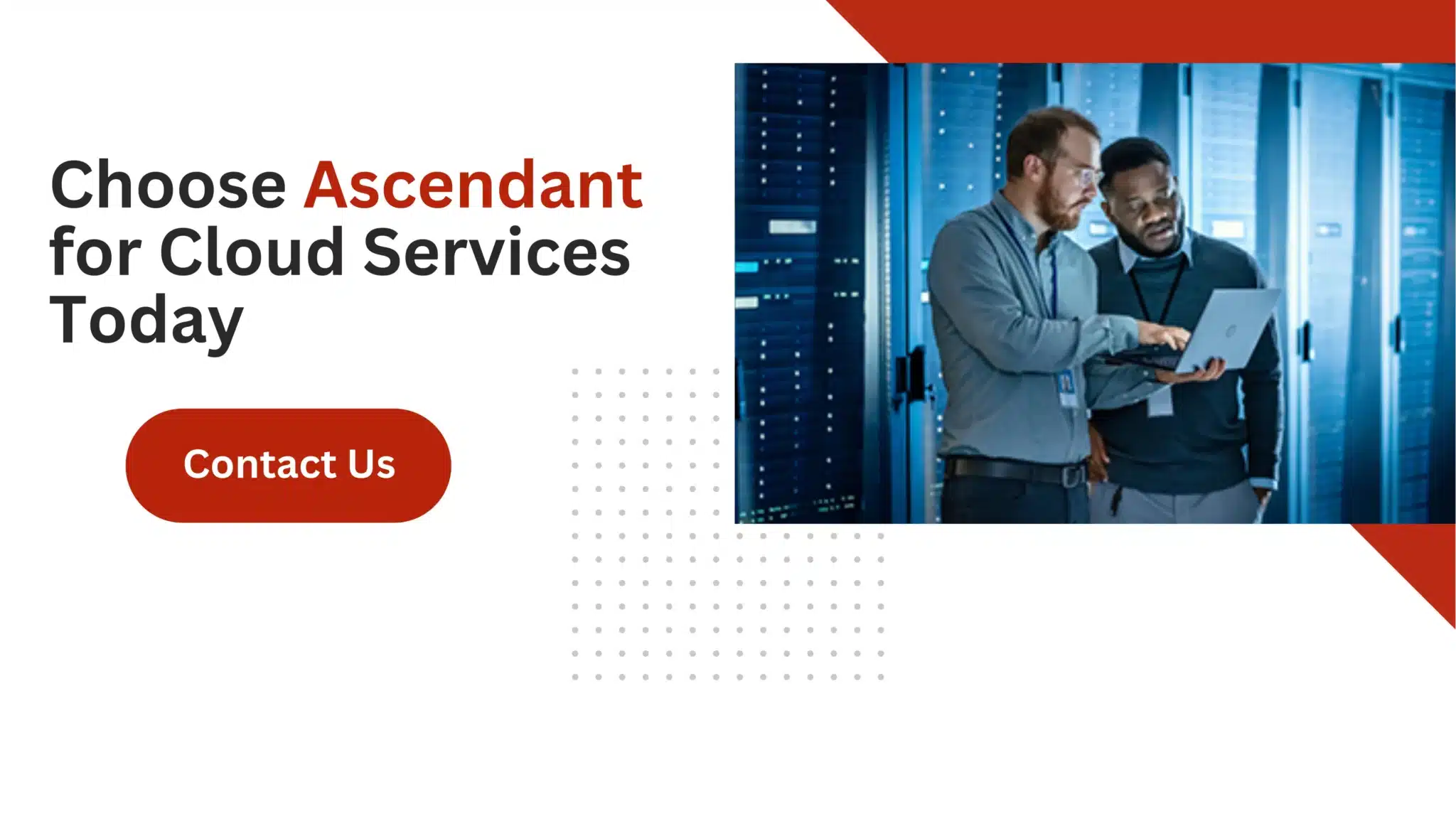Platform as a Service (PaaS) provides developers with the tools and infrastructure to build applications online, eliminating the need to manage physical hardware. This cloud computing model streamlines development, making it faster and more efficient. In this article, you’ll learn what PaaS is, its key features, benefits, and how it compares with other cloud models.
Key Takeaways
- Platform as a Service (PaaS) simplifies application development by providing cloud infrastructure and tools, allowing developers to focus on coding without the burden of managing hardware and software.
- PaaS supports various deployment models, including public, private, and hybrid clouds, catering to different business needs and offering capabilities for building scalable, secure applications.
- Choosing the right PaaS solution involves evaluating business needs, scalability, integration capabilities, and pricing structures to ensure effective support for organizational growth and flexibility.
What is Platform as a Service (PaaS)?
The Platform as a Service (PaaS) model in cloud computing furnishes developers with all the necessary hardware and software tools accessible over the internet for creating applications. By delivering both cloud infrastructure and development tools within this platform, it enables developers to concentrate exclusively on coding without the distraction of managing backend systems. The PaaS approach streamlines application deployment and management in the cloud while eliminating complex internal infrastructure demands.
PaaS significantly lightens developers’ workloads by eliminating the necessity for them to install, configure, or maintain any hardware or software locally. This simplification not only makes developing processes more straightforward, but also enhances agility and efficiency within workflows. For organizations, these efficiencies translate into notable financial savings when compared against traditional local setups since they can bypass expenses linked to acquiring and maintaining physical infrastructures.
Offering versatility through support across public, private, and hybrid clouds alike suits varying organizational requirements seamlessly using PaaS platforms. With its capability for scaling applications efficiently alongside maintaining security protocols that comply with industry standards, PaaS ensures businesses retain adaptability essential for swift technological advancements.
How Does PaaS Work?
Through their preferred web browsers, developers can swiftly tap into the offerings of PaaS services. This accessibility supports remote collaboration and boosts productivity among teams that are spread out across different locations by ensuring smooth integration of web services and project management.
Payment options offered by PaaS providers are adaptable, giving users the choice to settle accounts according to how much resource they consume. Whether it’s a recurring subscription or a pay-per-use arrangement, these flexible pricing models encourage efficient budgeting while also allowing operations to scale up or down without financial waste.
Comparing PaaS, IaaS, and SaaS
The sphere of cloud computing encompasses three main service models: Infrastructure as a Service (IaaS), Platform as a Service (PaaS), and Software as a Service (SaaS). Each model presents unique benefits designed to address specific requirements within the technology landscape.
With IaaS, customers maintain extensive control over their computational infrastructure. This includes elements like servers, storage solutions, and networking components. The maintenance of physical hardware is handled by the provider. The versatility provided by this model allows for businesses to scale resources in response to their fluctuating needs without having to make hefty investments in physical hardware initially. Companies that demand deep customization and governance over their IT frameworks find IaaS particularly advantageous.
Conversely, SaaS offers applications ready for use directly via the internet, which are accessible through web browsers. Renowned for being the most commonly utilized among cloud service models, SaaS eliminates the necessity for user-end installation or ongoing upkeep. It simplifies access and deployment considerably – an ideal feature set for firms seeking immediate solution implementation with scalability potential built-in.
Benefits and Drawbacks of PaaS

Platform as a Service (PaaS) provides an efficient cloud-based environment for the development and deployment of both straightforward and multifaceted enterprise applications. The platform significantly decreases coding duration due to its repository of pre-built application elements, which facilitates faster development cycles. PaaS also diverts attention away from infrastructure management concerns like server setup and upkeep, allowing developers to concentrate more on writing code.
The scalable nature of PaaS is another substantial benefit for companies. It enables them to promptly adjust their resource allocation in response to varying demand levels, ensuring that applications continue operating smoothly without lags or downtime. By adopting a pay-as-you-go pricing model, businesses are able to use sophisticated tools necessary for development and analytics operations without making hefty initial investments — a feature that aids especially in performing detailed analysis for informed decision-making processes within organizations.
State-of-the-art PaaS solutions come equipped with automated deployment systems designed to decrease human error rates while bolstering system dependability during implementation phases—these mechanisms curtail extensive coding requirements thereby optimizing overall project workflows.
One notable downside associated with using PaaS is the possibility of becoming too reliant on specific vendors’ offerings – often referred to as vendor lock-in – which can greatly limit operational flexibility when considering changing platforms down the line. Acknowledging these pros alongside potential cons allows firms to chart out optimal strategies regarding their adoption and usage patterns pertinent to various available Platform as a Service options at hand.
Types of PaaS Solutions
Public PaaS is deployed on a cloud infrastructure managed by external vendors, providing scalability and easy access that can be especially advantageous for startups and smaller companies. These entities have the ability to tap into sophisticated resources at reduced costs without having to commit significant capital toward developing their own extensive infrastructures.
Private PaaS, conversely, operates within an organization’s proprietary infrastructure, thus offering superior security measures and regulatory compliance capabilities. This particular configuration is well-matched with sectors that face stringent regulatory demands because it affords greater command over both data management and security protocols.
Hybrid PaaS combines elements from both public and private PaaS models. It delivers the high-level control and robust security typical of a private model alongside the expansibility and cost savings associated with a public platform. Such an arrangement is optimal for large organizations aiming to handle delicate information securely while still taking advantage of public cloud services to scale effectively when necessary.
Key Use Cases for PaaS
PaaS is a potent solution for crafting applications that function across multiple platforms, equipping development teams with the rapid and adaptable tools necessary to build apps that are compatible across different devices, including mobile ones. This ability to transcend platform boundaries plays a crucial role in today’s varied technological ecosystem.
It provides vital tools for application lifecycle management and continuous integration, which are key components of DevOps strategies. These resources expedite both the development process and deployment phases, fostering an environment where applications can be released swiftly while maintaining high quality standards from inception to launch.
Finally, PaaS offers substantial benefits by facilitating collaboration among geographically distributed development teams. It empowers these dispersed groups to engage in collective software creation via the internet efficiently. Such collaborative features are exceptionally advantageous for organizations that operate dedicated developer teams focused on streamlining their software delivery workflows.
Notable PaaS Providers and Products
A variety of leading PaaS providers present distinct capabilities and attributes. SAP. Cloud is recognized for leveraging intelligent data handling and machine learning to develop cutting-edge applications, whereas IBM Cloud Foundry integrates infrastructure with applications smoothly and supports Kubernetes containers.
Emphasizing straightforward transitions for enterprise workloads while preserving native cloud application integrity, Oracle Cloud Platform stands out in the market. In contrast, Pivotal Cloud Foundry equips developers with the means to deploy applications across different cloud infrastructures without needing code modifications—offering comprehensive solutions that aid businesses in effectively migrating and managing their apps.
When it comes to deploying applications using a diverse array of programming languages like Python and Ruby, Amazon Web Services offers an intuitive interface, while Heroku streamlines app deployment as well as scaling processes by accommodating numerous contemporary programming languages including Scala and PHP.
Salesforce Lightning advances CRM utility by facilitating user-driven customized application creation via drag-and-drop tools. Meanwhile, Google App Engine delivers a serverless platform tailored for developing apps where resource management is automated. Red Hat OpenShift embraces hybrid cloud setups alongside AI/ML project loads, granting variable levels of app control services.
Lastly, Adobe Commerce provides developer-oriented API-first services coupled with robust development instruments designed to foster rapid innovation along with scalability options in regards to application implementation.
Core Components Included in PaaS

The essential constituents of PaaS encompass the following:
- Tools for development
- Middleware components
- Systems for operating various applications
- Analytical services
Collectively, these components forge a comprehensive environment tailored for application creation, allowing developers to craft, examine, launch, and oversee applications within an integrated framework with ease.
Middleware in PaaS comprises frameworks as well as kits and libraries that are instrumental in aiding the construction and amalgamation of applications. This software stratum is crucial in ensuring smooth communication between different applications as well as their interaction with underlying layers of infrastructure.
By covering every stage from conception to operation—including constructing web apps, evaluating them thoroughly before use, deploying them strategically, and maintaining oversight—PaaS presents a unified workflow that simplifies developmental tasks while simultaneously boosting both efficiency and dependability during mobile paas app deployment processes.
Managing PaaS in Your Organization
Collaborating with a PaaS provider entails forming an alliance where the provider is tasked with operating the platform and overseeing infrastructure responsibilities. This partnership enables organizations to sidestep the intricate aspects of handling software licenses as well as managing foundational cloud components.
Ensuring compatibility when assimilating existing development tools into a PaaS environment can present challenges, but most PaaS providers offer flexible cloud infrastructures that encompass essential elements such as data centers and servers, thereby streamlining the task of infrastructure management. Incorporating collaboration tools within these environments is vital for fostering team dynamics and promoting seamless communication.
The quality of support services and access to community resources offered by many PaaS providers have significant implications on how effectively users can resolve issues. Organizations must weigh these considerations carefully in their selection process for a suitable PaaS solution that will allow them to administer their developmental workflows competently.
Evaluating and Selecting a PaaS Solution
Initiating the selection of a suitable PaaS provider involves discerning key business operations that can be enhanced through technology. By understanding your corporate goals, you can identify improvements needed in your IT infrastructure and ensure that the features offered by the PaaS are in harmony with your business needs. Such alignment guarantees that the platform chosen is capable of bolstering your enterprise’s processes and expansion endeavors.
Contemplating scalability alongside fiscal constraints is crucial when selecting a platform. Determine whether the potential growth of your company could be supported by the PaaS solution without accruing substantial expenses over time. It’s also vital to examine how seamlessly it integrates with existing systems and data sets.
Investigating how pricing models from different providers may reveal unforeseen costs or demonstrate how fluctuations in resource consumption impact total spending is essential. A meticulous analysis will enable organizations to choose a Paas provider adept at delivering optimal scalability, cost-effectiveness, and integration options — all contributing factors for sustained flexibility and success in their venture.
Evolution of PaaS: Modern vs. Traditional
The progression of PaaS has seen it transform from simple platforms for application hosting into advanced environments that seamlessly amalgamate applications with expansive development capabilities, along with orchestration and automation tools. Present-day PaaS offerings emphasize serverless computing, utilize Kubernetes extensively, and incorporate advanced tools designed for artificial intelligence (AI) and machine learning (ML). The VMware Tanzu Application Platform is anticipated to present an all-encompassing assortment of integrated tools engineered specifically to streamline the deployment of Kubernetes-based applications as well as simplify infrastructure management.
While traditional models of PaaS necessitated more hands-on control and piecemeal integration with only a modest level of automation and limited cutting-edge functions, the evolution towards contemporary PaaS platforms has greatly augmented both efficiency levels as well as competencies within development teams. As a result, developers can now allot greater attention to innovation rather than being bogged down by managing underlying infrastructures.
Future Trends in the PaaS Market
Prospects for the Platform as a Service (PaaS) sector are bright, with growth propelled by factors such as faster deployment of applications, simplified complexity, and an uptick in cloud adoption. Organizations are increasingly turning to PaaS for its ability to foster more nimble and productive software development workflows.
The trajectory for the PaaS industry points towards a robust compound annual growth rate (CAGR) of 28,8 percent between 2021 and 2025. This significant expansion is indicative of escalating demand for cloud solutions that offer scalability, cost efficiency, and cutting-edge innovation necessary to meet the evolving requirements of contemporary enterprises.
As we look ahead, it’s anticipated that PaaS will undergo Advancements with new features and capabilities poised to revolutionize the field of software development even more profoundly.
Summary
To encapsulate, Platform as a Service (PaaS) provides an all-encompassing environment in the cloud for the creation, deployment, and maintenance of applications. This platform offers crucial hardware and software tools that streamline application development by allowing programmers to concentrate on writing code while the PaaS provider oversees the infrastructure elements. Utilizing PaaS can lead to reduced costs, enhanced scalability, and access to state-of-the-art development tools. Challenges like dependence on vendors may arise.
Awareness of various PaaS models available, primary applications for use cases, prominent service providers in the market along with key components is critical for organizations contemplating a move towards adopting a PaaS approach. With continuous growth expected in this sector along with its evolution over time, could significantly enhance productivity related to developing new services among businesses utilizing such platforms—unlocking substantial potential for innovation-driving activities integral to our current era defined heavily through digital mediums.
Frequently Asked Questions
What is a PaaS vs SaaS?
PaaS provides a cloud-based platform for developing and managing applications, while SaaS delivers cloud-hosted software applications ready for use.
In essence, PaaS is for developers, whereas SaaS caters to end-users.
What is PaaS and how does it work?
PaaS, or Platform as a Service, is a cloud computing model that offers hardware and software tools for application development via the internet. It enables developers to collaborate remotely through web browsers and utilize flexible payment models based on resource usage.
How does PaaS differ from IaaS and SaaS?
PaaS differs from IaaS and SaaS in that it offers a development platform for creating and deploying applications, while IaaS focuses on providing infrastructure control, and SaaS supplies complete applications that are ready for immediate use.
Each model caters to distinct requirements in cloud computing.
What are the benefits and drawbacks of PaaS?
PaaS provides numerous benefits including decreased time spent on coding, scalable infrastructure management, and enhanced cost-effectiveness.
On the flip side, it can lead to issues such as a possible reliance on vendors and difficulties with lock-in that may restrict adaptability and make switching platforms in the future more challenging.
How do I choose the right PaaS provider?
To choose the right PaaS provider, clearly define your business objectives and assess scalability, budget, and integration capabilities.
Evaluating the pricing structure for hidden costs is also crucial for informed decision-making.


